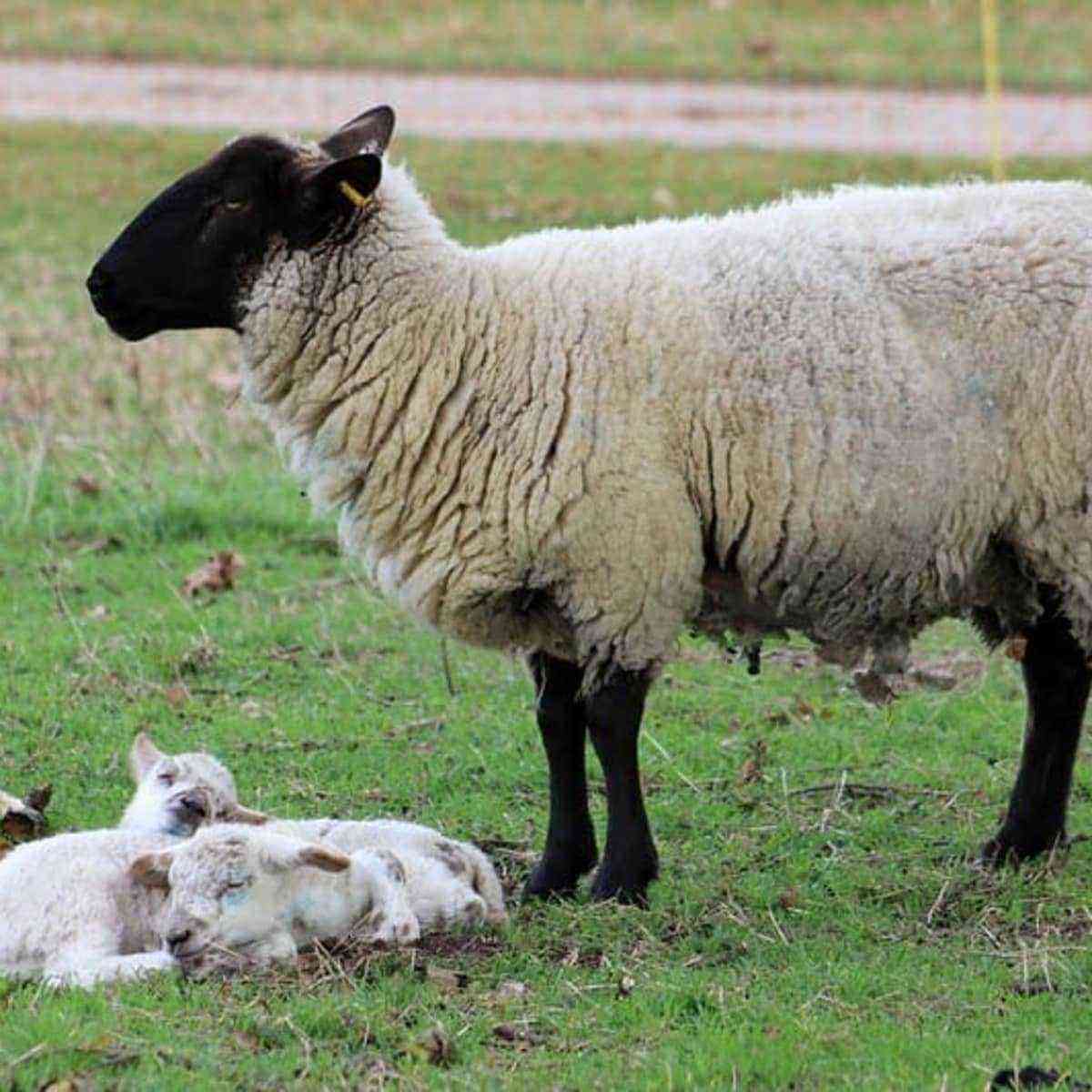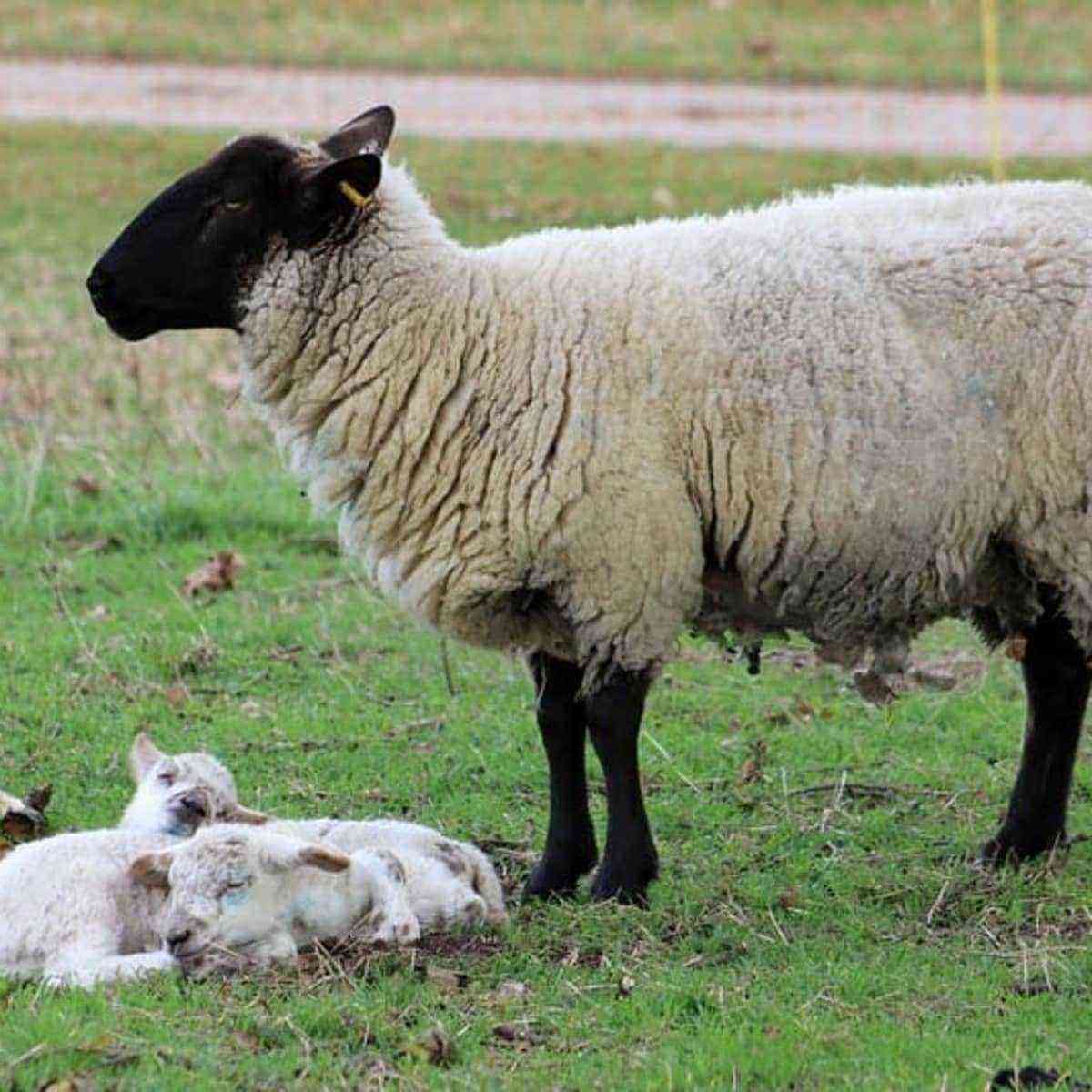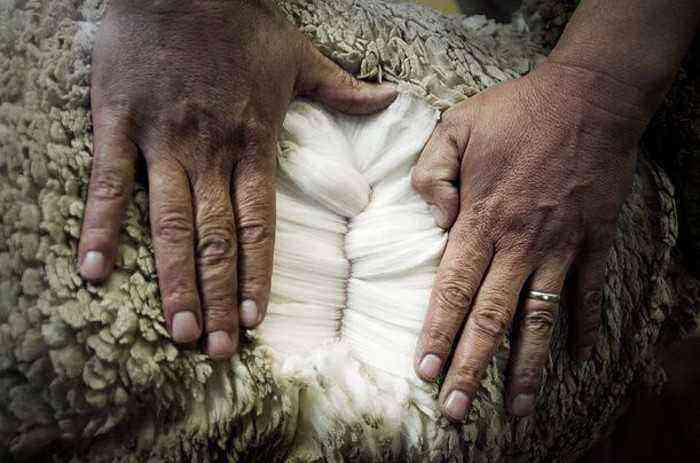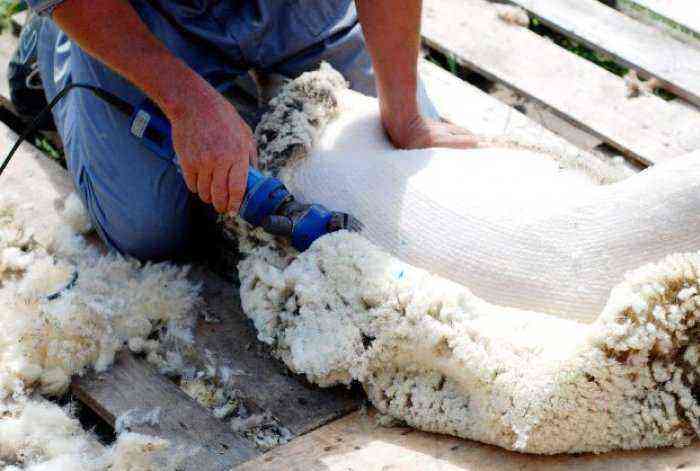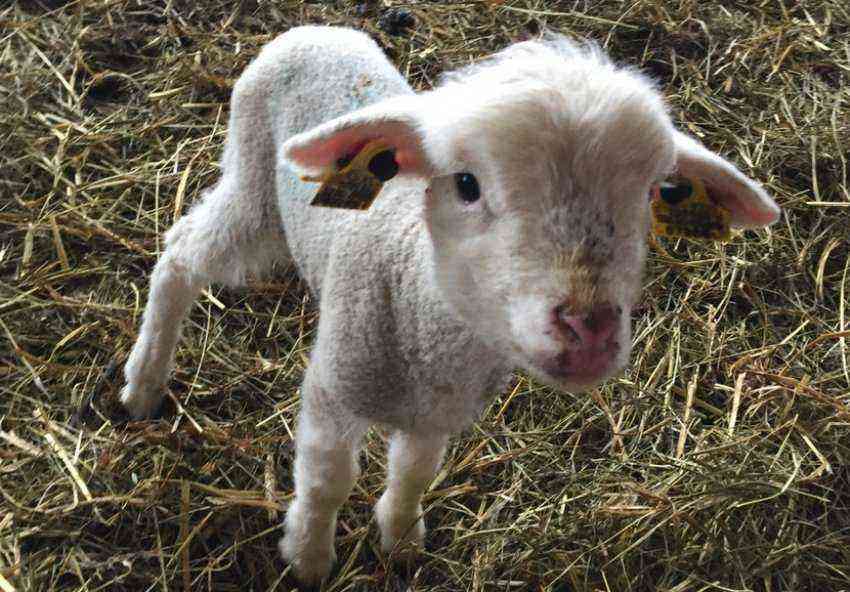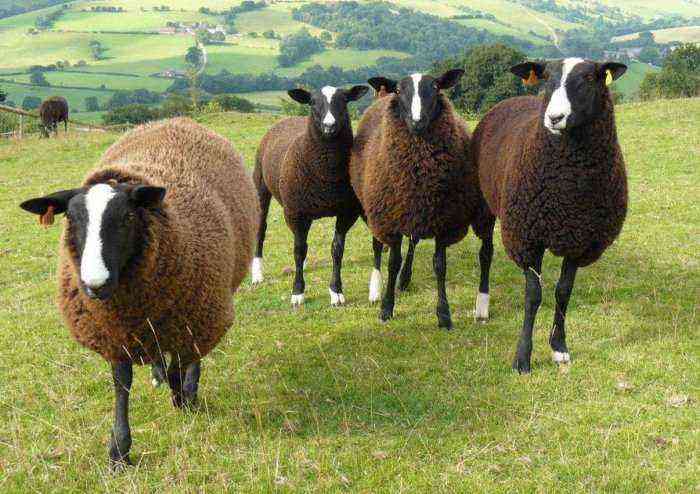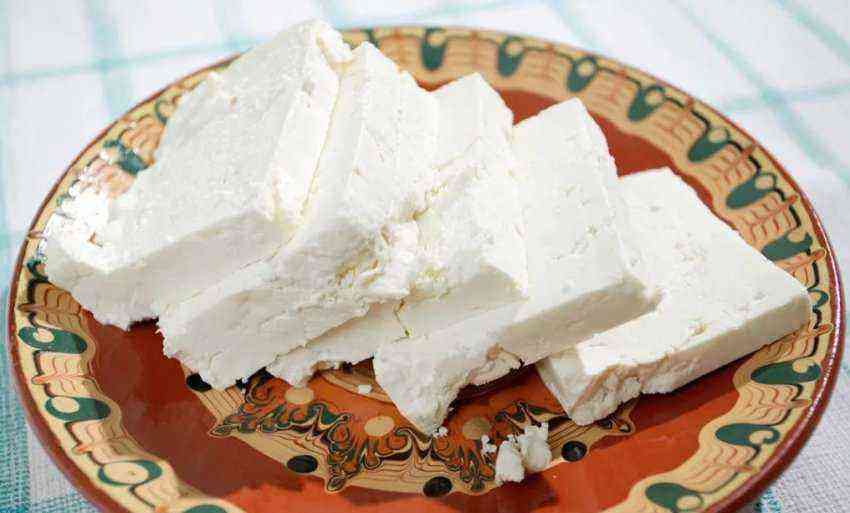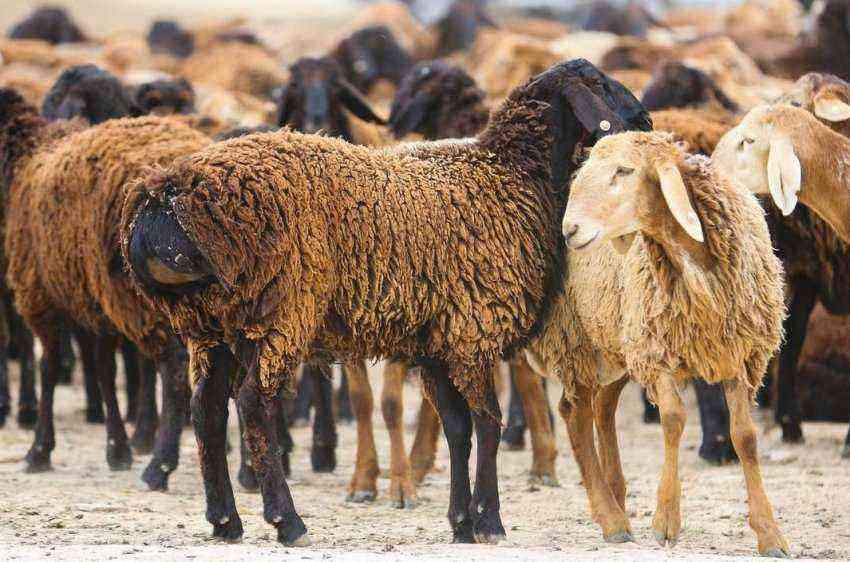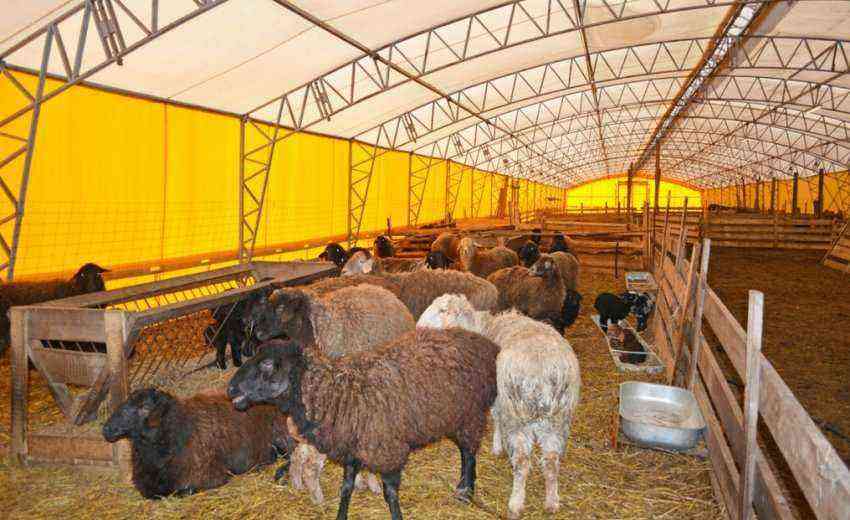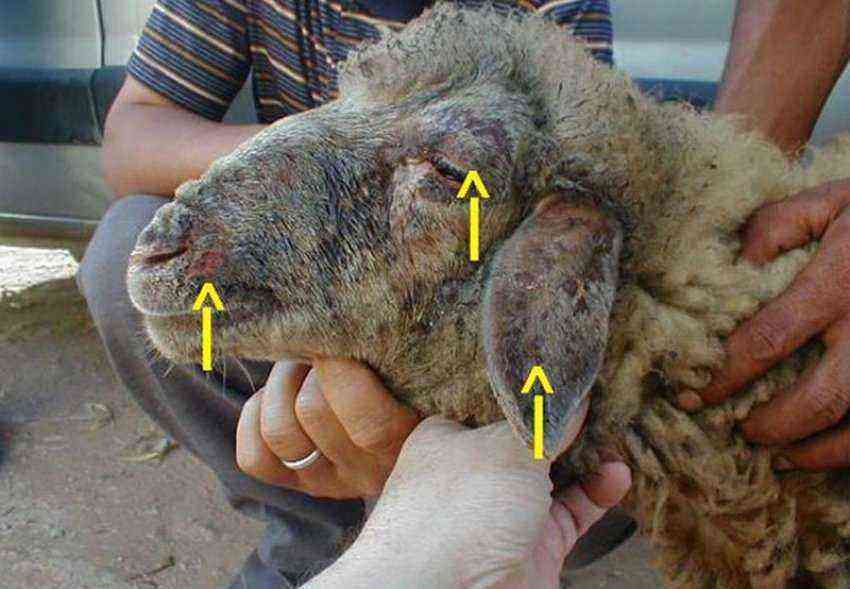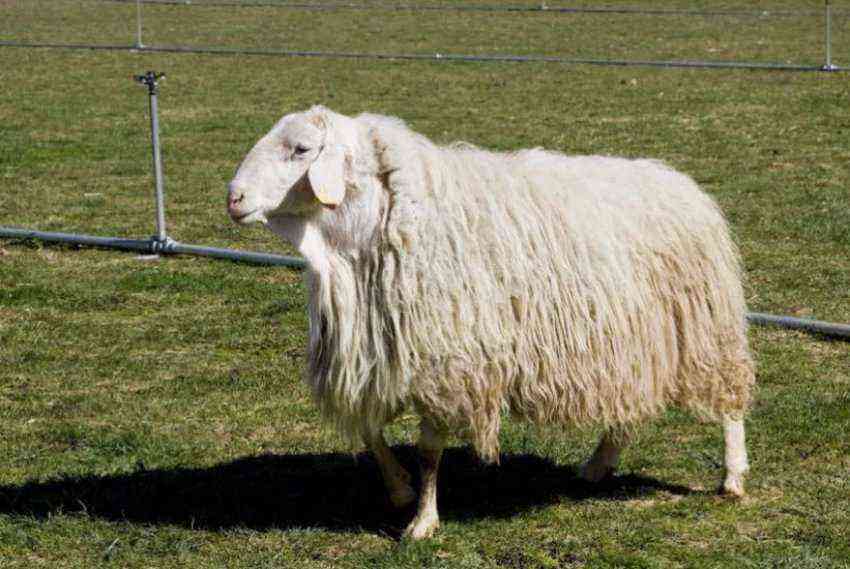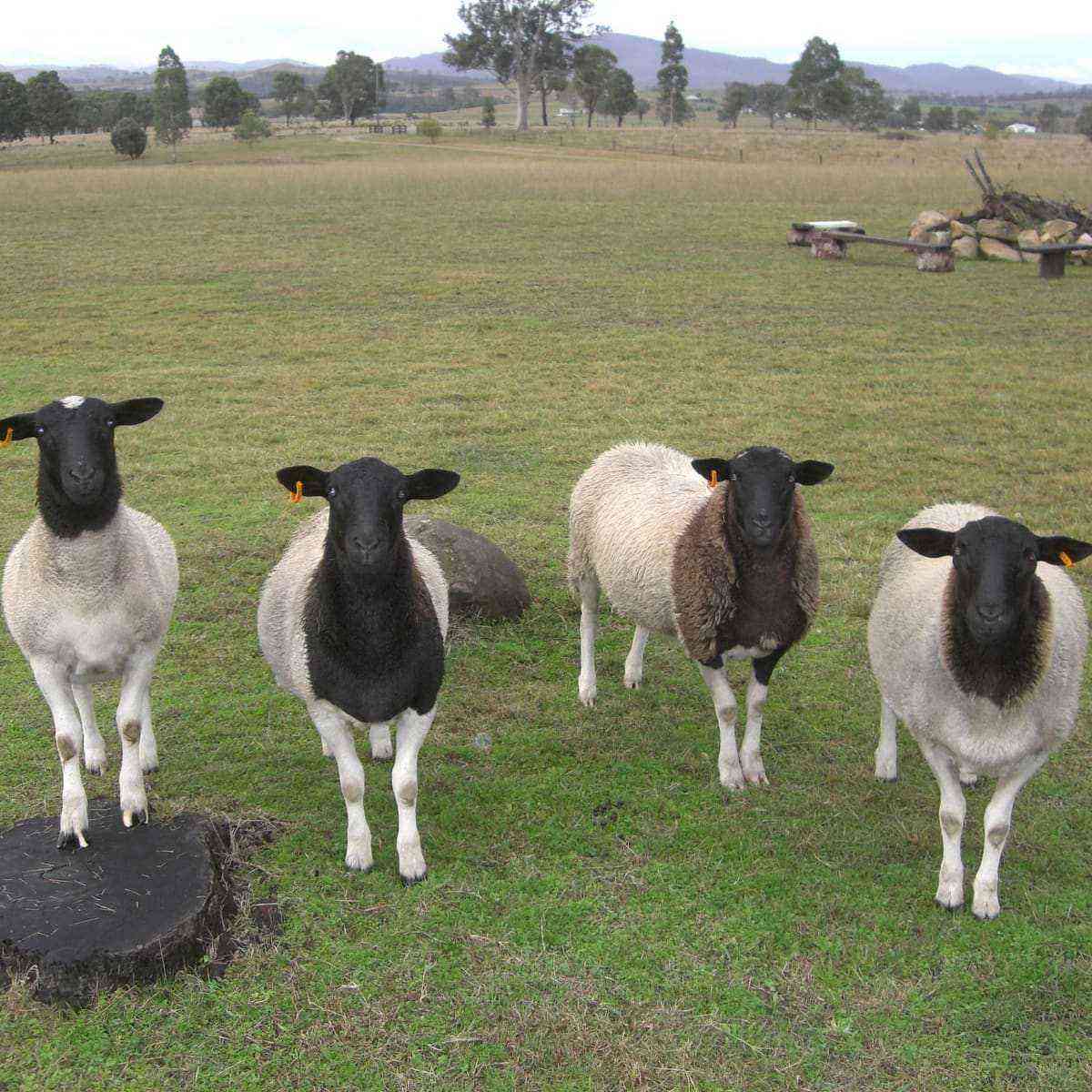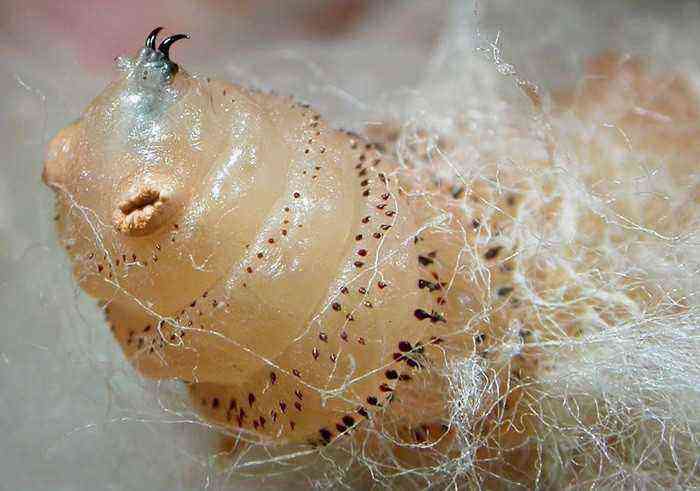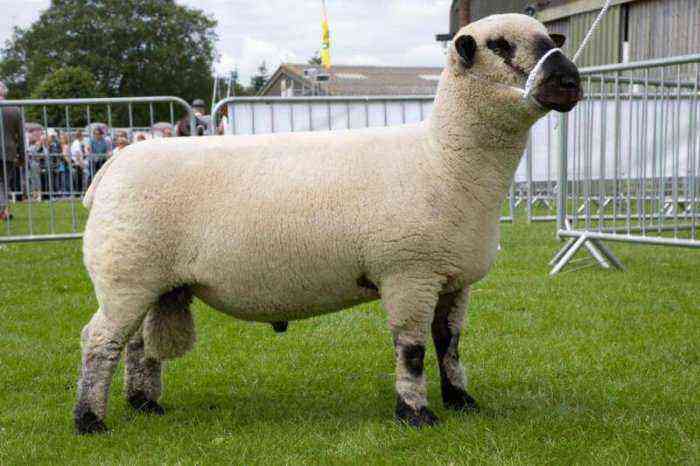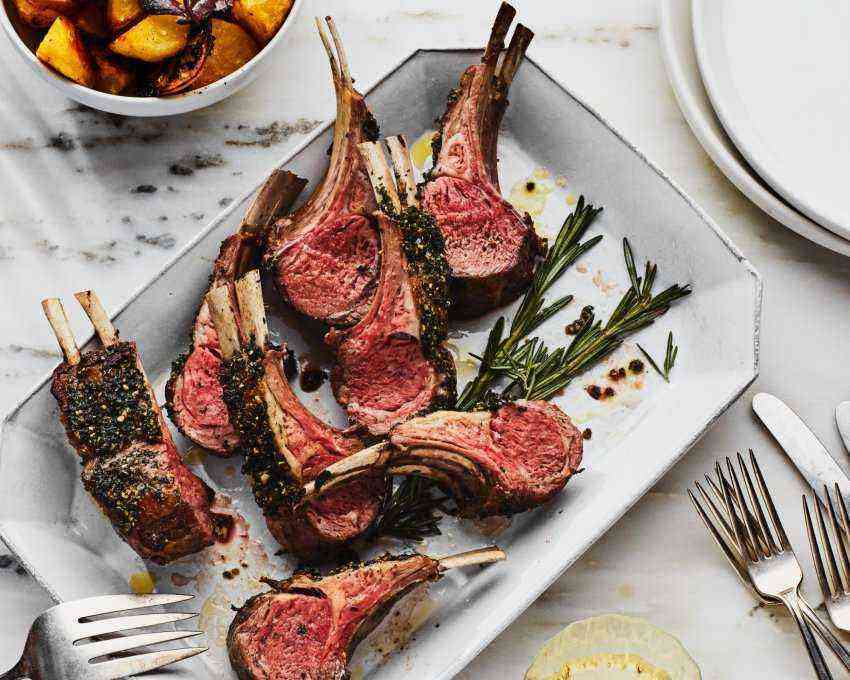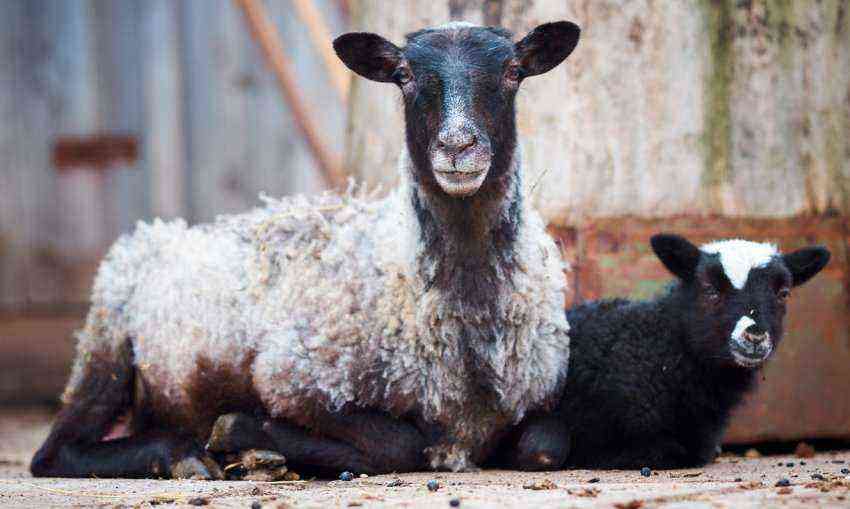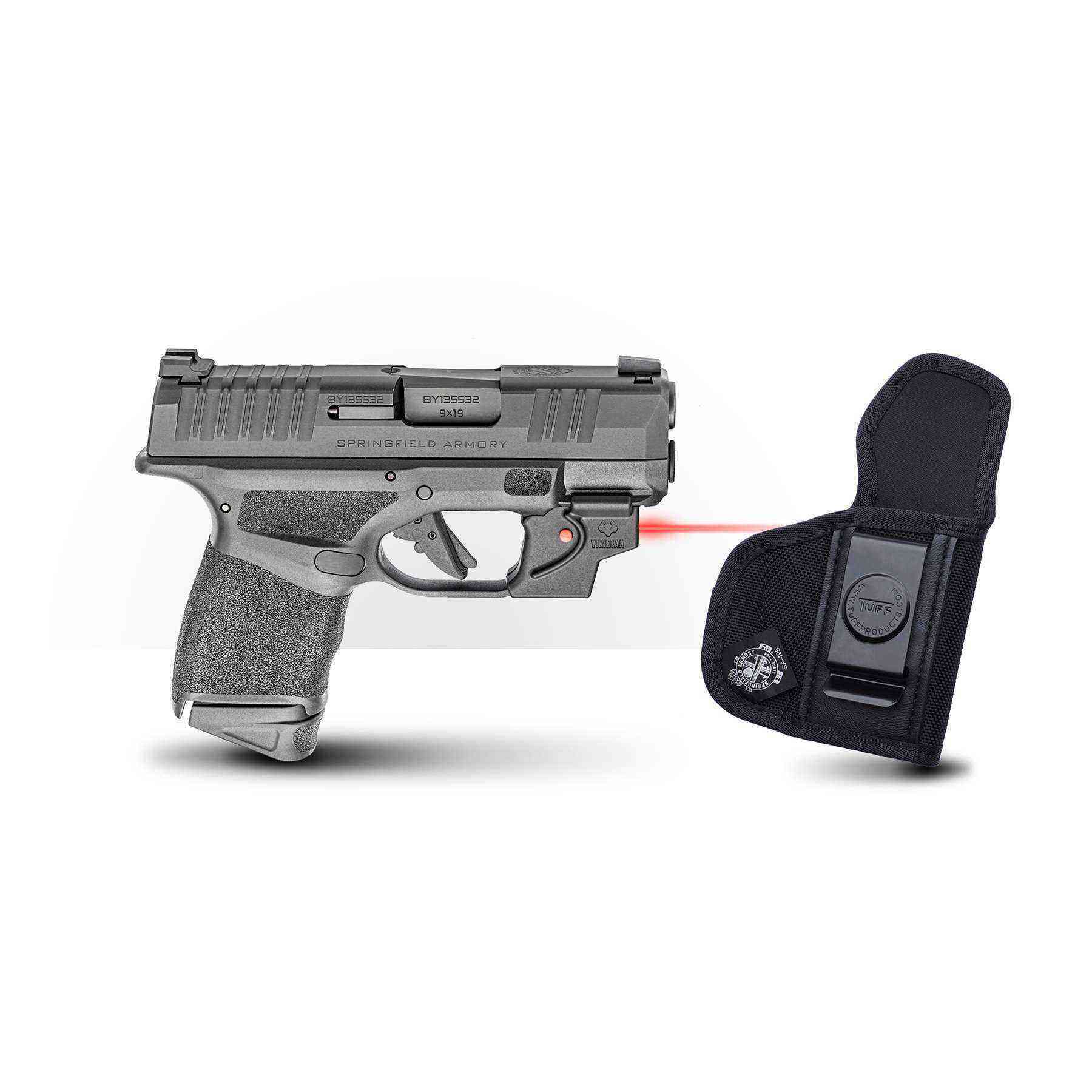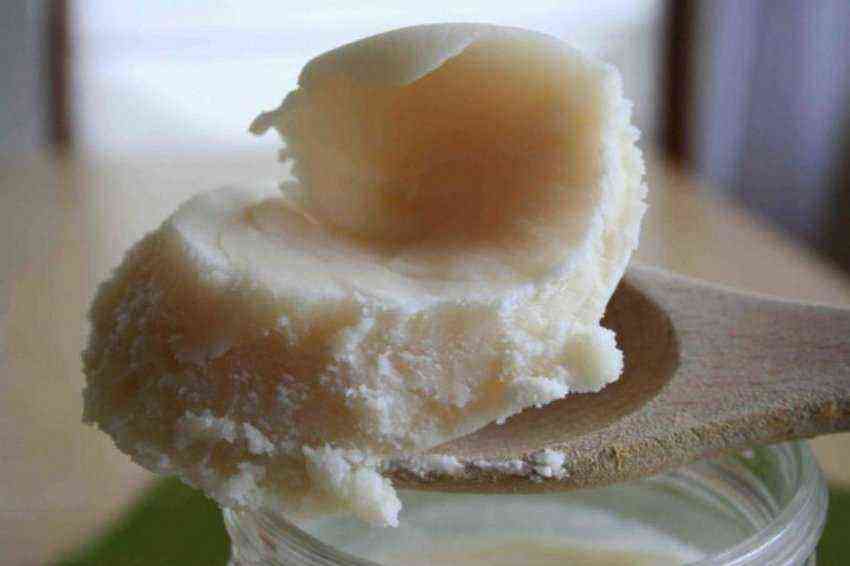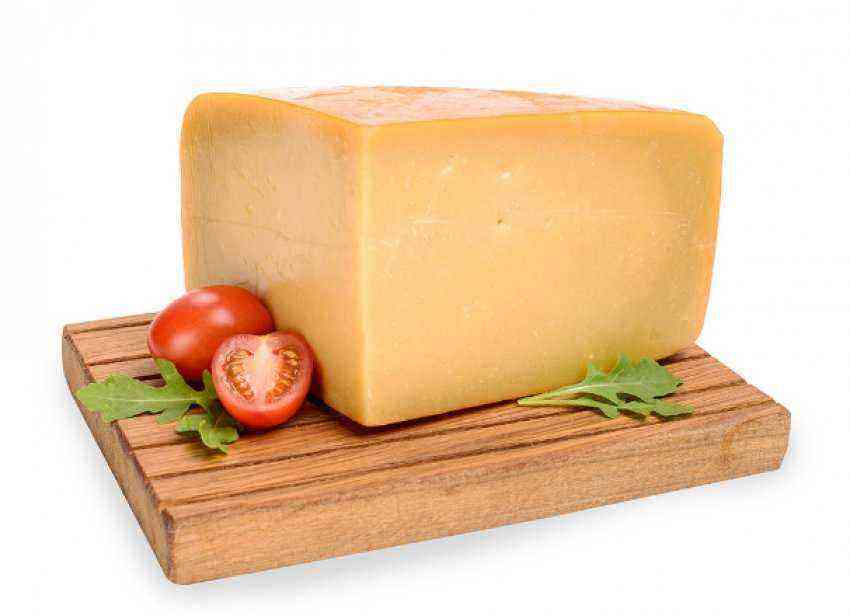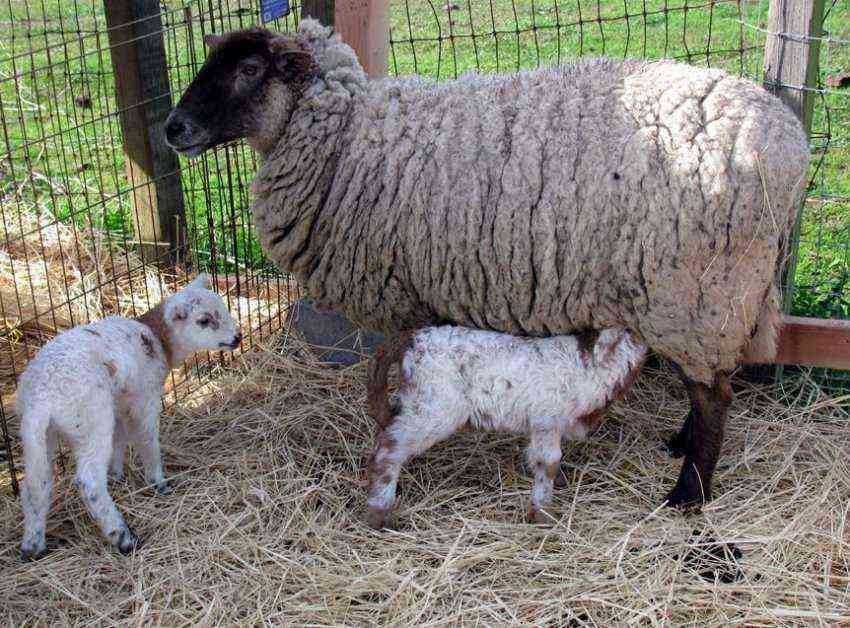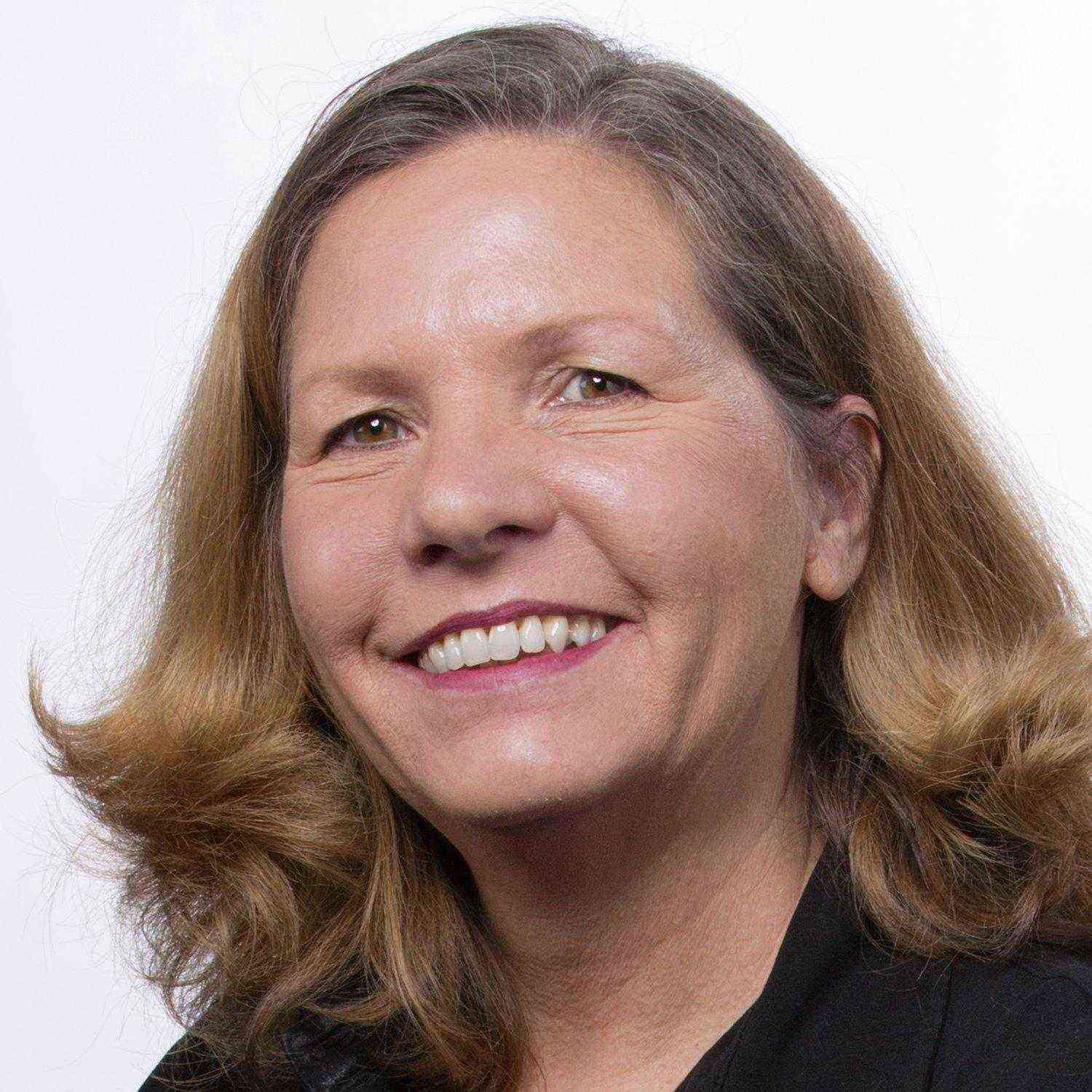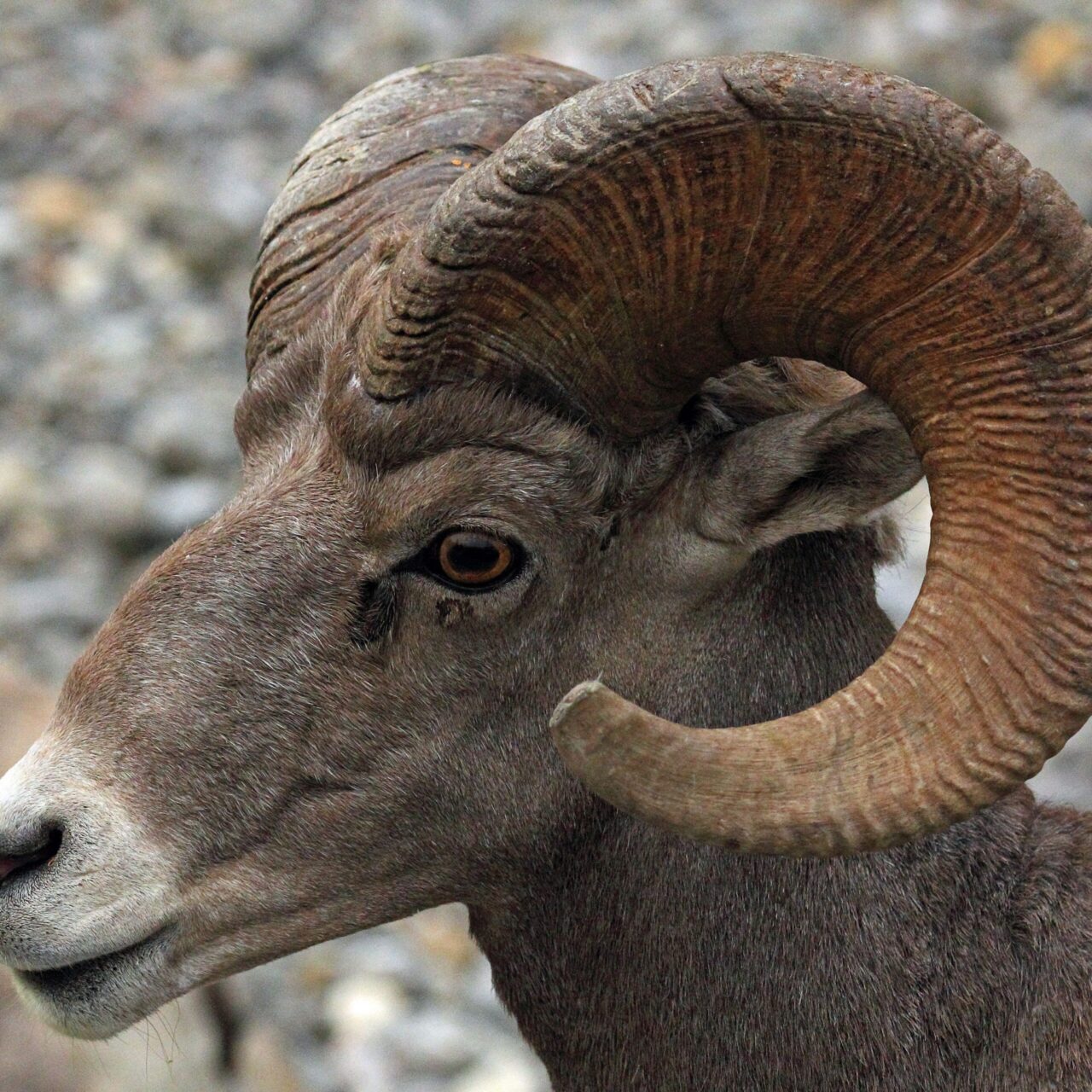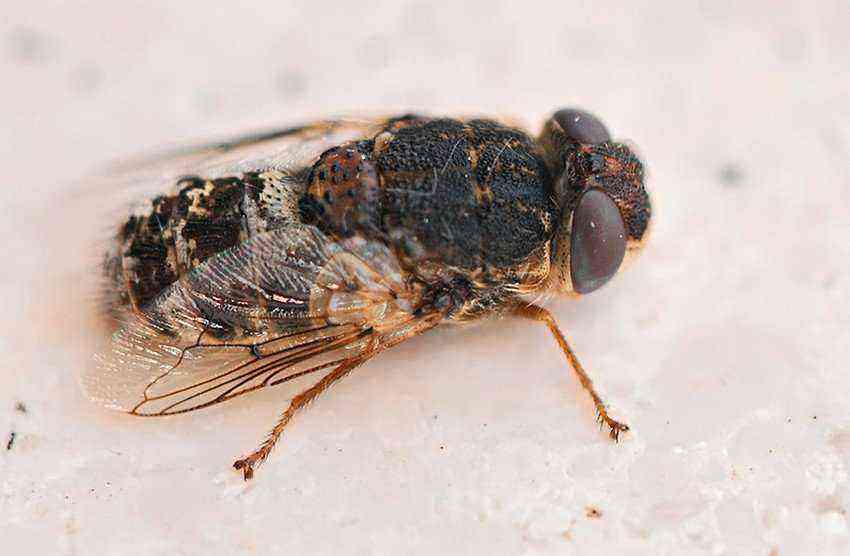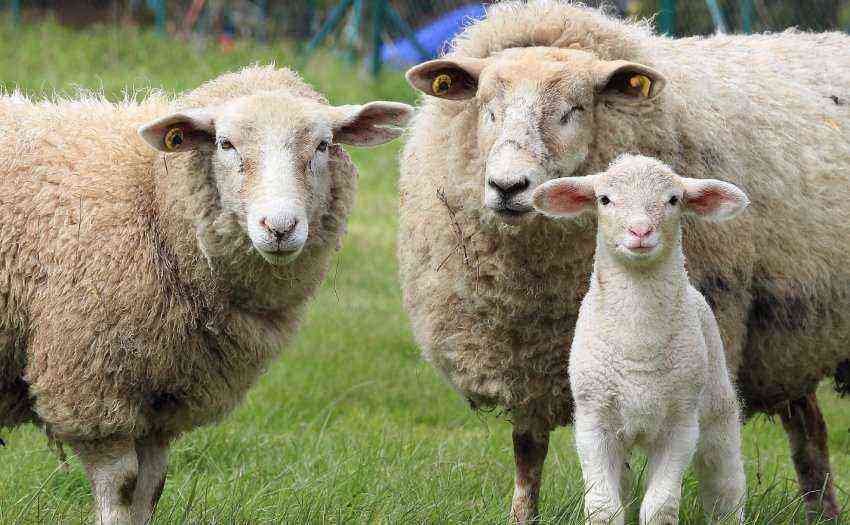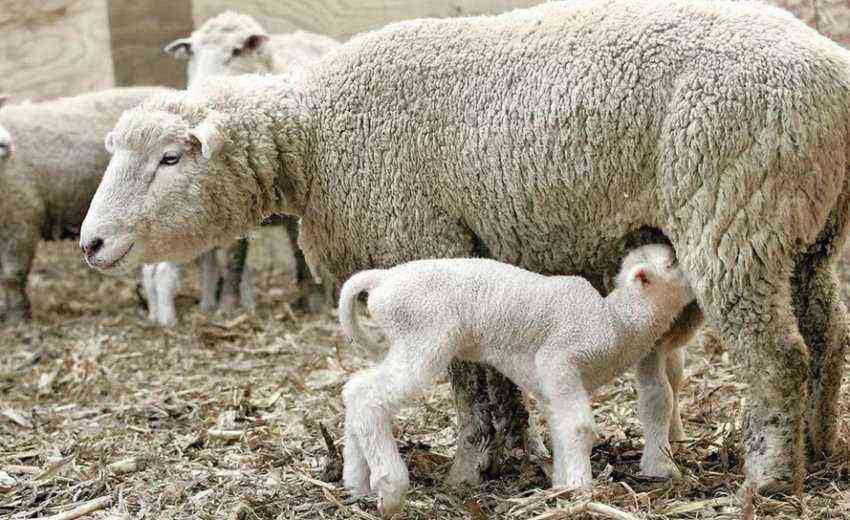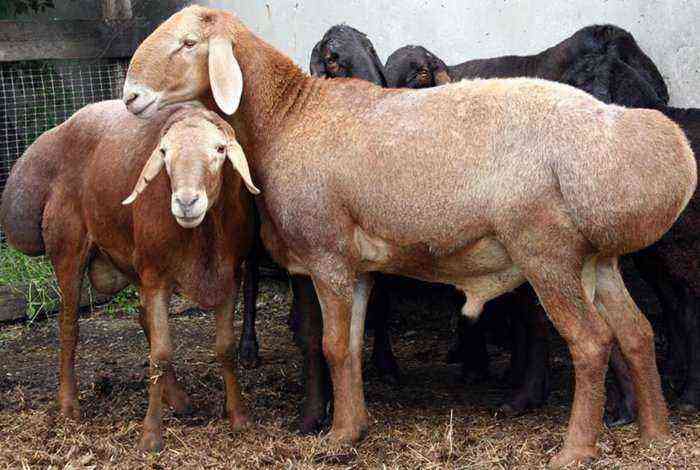Today, sheep breeding as a business can be an extremely profitable start for a budding entrepreneur. Such living creatures require minimal conditions for keeping and feeding, but at the same time, high-quality lamb, sheep’s milk cheese and wool are highly valued in the market. In addition, if such a business is properly organized, the initial costs pay off in the shortest possible time. And since the state is interested in the development of this area of animal husbandry, the owner has every chance to receive state assistance to open his own farm.
Sheep breeding
Popularity and demand for sheep breeding in Russia
Sheep breeding in Russia continues to gain popularity. The reason for this is the gradual but steady growth in demand for lamb in the country’s markets. Accordingly, this direction implies great prospects even for novice businessmen.
The demand for sheep breeding for commercial purposes is explained by a number of advantages, the main ones being the following:
- if there is land for grazing livestock, the cost of feed will be minimal;
- sheep do not require special care and maintenance, they easily adapt to various climatic conditions;
- to open a business, a minimum investment is required, since you can start with a small livestock, gradually increasing it with the growth of the enterprise;
- there is a demand for sheep products, which dictates high prices.
But it is worth noting that such entrepreneurial activity will be highly profitable only if the business is organized correctly, taking into account all the little things. To achieve this, you should first familiarize yourself with the main nuances and recommendations for opening a sheep farm.
Features of keeping sheep
Among other types of farm animals, sheep are the most unpretentious. Such living creatures are kept year-round in pens or special barns. Moreover, due to the fact that sheep easily tolerate low temperatures, the requirements for such buildings are quite simple:
- walls are allowed from wood or foam block;
- additional insulation is required only if sheep are grown in cold northern regions;
- the floor of the room is built at a height of 30 cm from the ground from concrete, supplementing it with a layer of bedding or wood;
- all cracks and openings in the room are blocked so that there are no drafts and excess moisture;
- The barn must be equipped with high-quality ventilation.
Many breeders install stoves or gas boilers in their pens. But such a measure is necessary only in the area where the winters are especially severe.
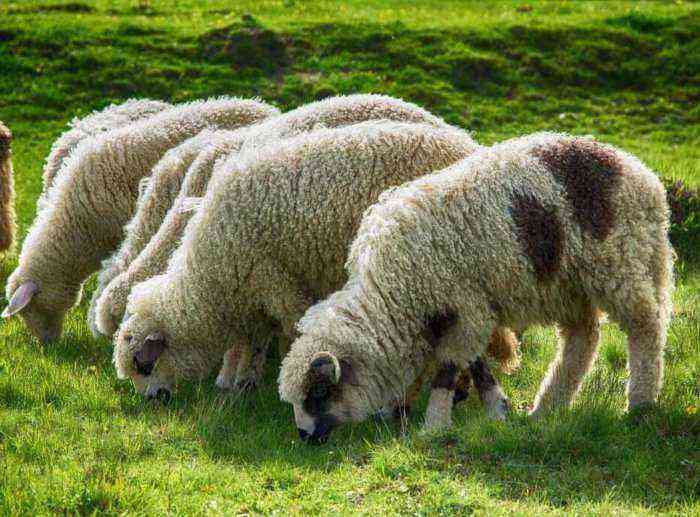
Sheep in the pasture
Since the main type of food suitable for such living creatures is grass, pasture is a mandatory requirement for maintenance. Sheep spend most of their time grazing in warm weather. But transferring such living creatures from hay and concentrates to fresh greens should be gradual.
Another important point is the regular shearing of sheep. Although such animals are adapted to the cold, they do not really like extreme heat. In such weather conditions, parasites are introduced into the wool, which not only spoil the quality of the fleece, but also harm the health of the sheep.
How to register an activity?
If the purpose of sheep breeding is the sale of wool, dairy and meat products, then such activities require official registration. If the farm involves a small number of animals, then it is better to register it under one of two forms:
- Peasant farming.
- Individual entrepreneur.
The first option is suitable for very small farms. Its advantages are the ability to choose the appropriate taxation regime and certain subsidies that the state accrues to novice farmers.
The second option also includes the possibility of choosing the form of tax payment. But the state does not allocate assistance in this case. In addition, IP implies a more stringent list of rights and obligations.
Organizational plan
A clear organizational plan is the fundamental stage in setting up your own sheep farm. It carefully spells out all the main points, including the location and arrangement of the sheepfold, the choice of breed and the purchase of young animals, the calculation for the purchase of feed and other nuances.
The choice of breed for breeding
The first thing that starts when drawing up a detailed plan is the choice of a suitable breed of animals. The basic requirements for the premises, the choice of the right feed, and the income that the breeder will receive depend on it.
By type, all existing breeds of sheep are divided into several areas:
- Wool. This category is valued exclusively for large fur cuts. Representatives of the breeds suggest good fouling with wool, which covers the body, head and legs of the animal. This category includes Soviet Merino, Grozny and Astrakhan sheep.
- Meat-wool. Such living creatures are of good quality wool, but due to their large physique, they also suggest high meat productivity. Popular breeds include: Altai, Stavropol and Askani merino.
- Meat-greasy. In addition to large volumes of high-quality meat, such animals also provide fat tail fat, which is valued in oriental cooking and some other areas. The most demanded in this segment are the Edilbaev and Hissar breeds.
- Meat. Such living creatures are bred exclusively for meat, which is distinguished by tenderness, good taste and the absence of foreign smell. Meat breeds include Tien Shan, Gorky, Romney March.
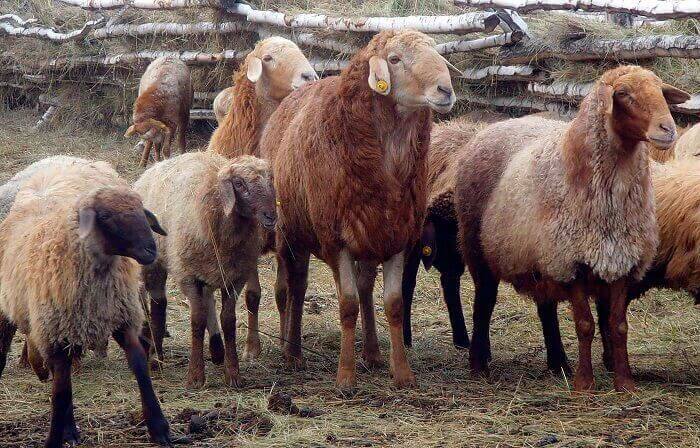
Sheep of the Edilbaev breed
At first, it is rather difficult for beginner breeders to choose a suitable breed line and direction of work. Therefore, they stop at universal breeds. The easiest way to start your business is with the Romanov, Edilbaev or Hissar breeds. Also, in the choice, preference should be given to local breeds that are well adapted to the climate of the region.
Search for pasture
Sheep spend most of their time in the pasture. Accordingly, his choice should be approached very carefully. Under the pasture, a plot is selected that corresponds in area to the purchased livestock. Often they use those lands on which fields or abandoned sheep farms were previously located.
After cleaning and inspecting the territory, it is sown with vegetation. For this, annual and perennial crops are used in a complex. It is best to use seed combinations when sowing:
- alfalfa;
- sorghum;
- fescue;
- faces;
- clover, etc.
With insufficient funds, preference should be given not to buying, but to renting suitable territories. At least 1 ha of land per year is allocated for one sheep with offspring.
Construction of a pen
A sheep pen is built next to a pasture. Inside it make separate stalls for living creatures. The total area of the barn is calculated based on the needs of the animals, which assume the following values:
- for one adult ram – at least 3 square meters. m;
- for sheep – 1,5 square meters. m;
- for growing lambs – 2 sq. m;
- for a sheep with young animals – 2,5 square meters. m and 0,7 sq. m for each child.
The entrance is made as wide as possible so that the animals do not get hurt when they enter. Inside, the floor is covered with a litter. You will have to clean the room often, so it is worth making it wider and providing places for collecting feces.
Feeders are made long, counting 30 cm in length for each individual.
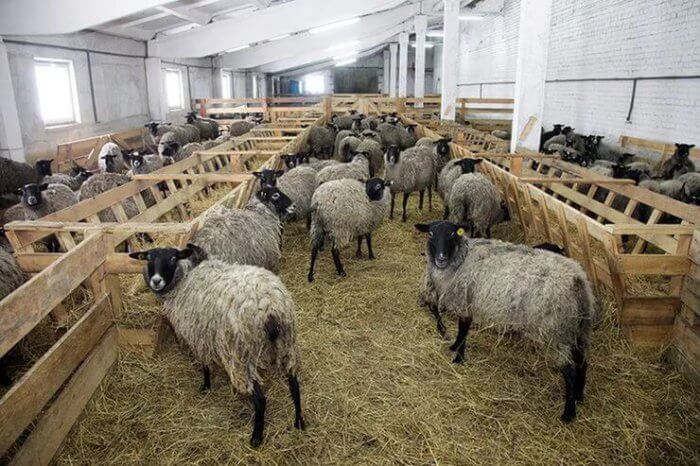
Feeders in the sheepfold
Purchase of young animals
For a quick start of business, 200-300 animals will be enough. It is recommended to buy lambs in specialized farms. Moreover, they trust only those owners who can confirm the quality of their animals with relevant documentation.
Important! When buying, you should inspect each animal. Lambs should be alert, energetic and without visible signs of disease. For reliability, novice sheep breeders seek help from a veterinarian who carefully checks the condition of the livestock.
Purchase of feed
Before buying sheep, you need to buy feed. Green grass alone will not be able to fill the animal’s need for nutrients and vitamins. This is especially true in winter time. During this period, the animal eats per day:
- at least 1,5 kg of hay;
- 1,5–2 kg of straw;
- 100 g concentrates.
This diet is supplemented with mineral supplements in the form of special licks.
When purchasing feed, they are purchased by 35% more than necessary. This difference will allow you to make a reserve in case of unforeseen situations. You can save on the purchase by self-harvesting branches of deciduous trees, fodder beets and potatoes, silage.
Veterinary service
It is desirable that an experienced veterinarian be included in the farm staff. Such a specialist will inspect the flock twice a month. In addition, with the necessary tools and equipment, he can carry out:
- scheduled vaccinations;
- operations;
- unscheduled diagnostics;
- treatment of sick animals.
For efficient work, the employee is equipped with his own office. Of course, such procedures can be carried out by a third-party veterinarian. But you don’t always have access to it. In addition, his services are more expensive.
Staff
In addition to the veterinarian, the staff of the farm includes the following positions:
- technologist;
- shepherd;
- milkmaid;
- workers cleaning the paddock and the surrounding area;
- footage engaged in sheep shearing.
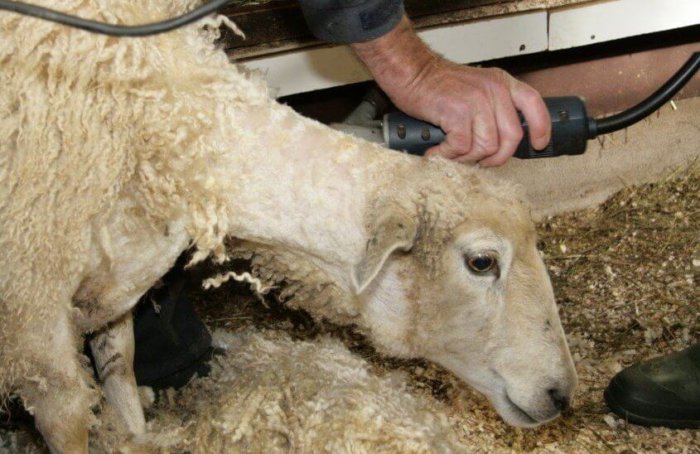
Shearing
The number of employees in each category is determined by the number of farm animals. There is one shepherd for every 300 sheep. In order to save money, you can pick up a shepherd who also knows how to cut livestock.
Assessment of sales prospects
Another important point of the organizational plan is the clear definition of marketing channels for products from the future sheep farm. First of all, it is necessary to decide where the meat products will be sold. There are only three options here:
- An agreement with a specific restaurant, shop, market for wholesale supply.
- Retail sale of meat in the market.
- Organization of a smokehouse or processing shop and sale of semi-finished and finished meat products.
In parallel with meat, sheep’s milk is also sold in the same way.
Reference. You should not count on wool immediately. It will appear only after the first shearing of sheep, but the way of its implementation should also be thought out in advance. It is best to negotiate deliveries with large light industry enterprises.
Financial plan: expenses, income and profit calculation
The sheep breeding business plan also includes the calculation of profits from the planned business activity. To do this, you need to calculate expenses and income. The costs of acquiring 300 sheep and organizing a farm include the following items:
- the purchase of animals costs at an average cost of 1 million rubles;
- construction and equipment of a sheepfold – 100 thousand rubles;
- purchase of equipment – 100 thousand rubles.
In total, the required capital investments will amount to 1,2 million rubles. The average income from such livestock is about 0,6 million rubles. Moreover, another 150 of them are spent on line costs (wages, pasture rent, utility payments). Thus, the profit will be 450 thousand rubles.
How profitable is the sheep breeding business?
Since it takes at least six months until the sheep grow up and begin to make a profit, such an undertaking will pay for itself no sooner than after 6 months. Accordingly, with the calculation of the profit received, the initial costs of opening will pay off within 9 months.
Important! With a smart business organization and the use of modern approaches in sheep breeding, the profitability of such an enterprise will be 25%. Many domestic businessmen and analysts claim that when using outdated sheep breeding methods, the value drops to 10-15%.
Sheep breeding in our country is a promising type of entrepreneurial activity. With low costs for opening and maintaining a farm, it implies a significant profit and pays off within 9-12 months. But this type of business will be profitable only if the breeder initially studied this area of animal husbandry in detail and took into account all the nuances of its organization.
